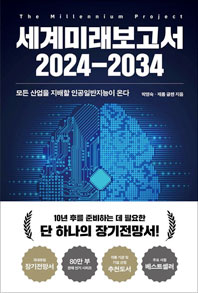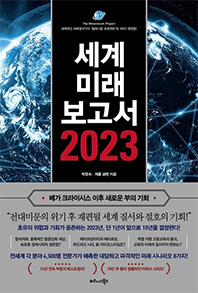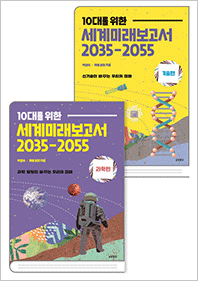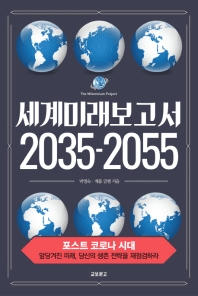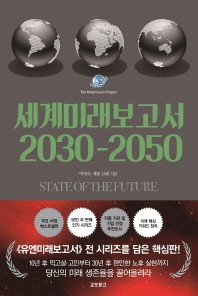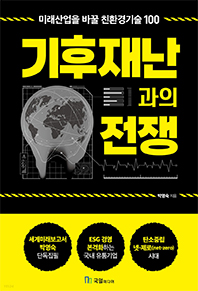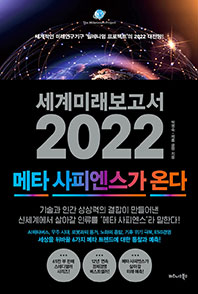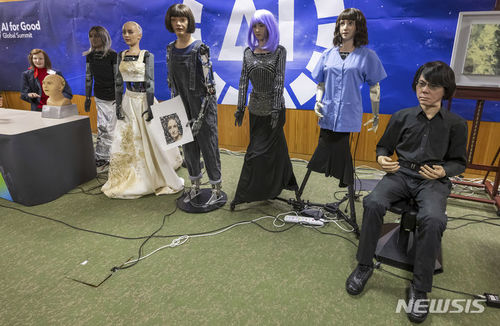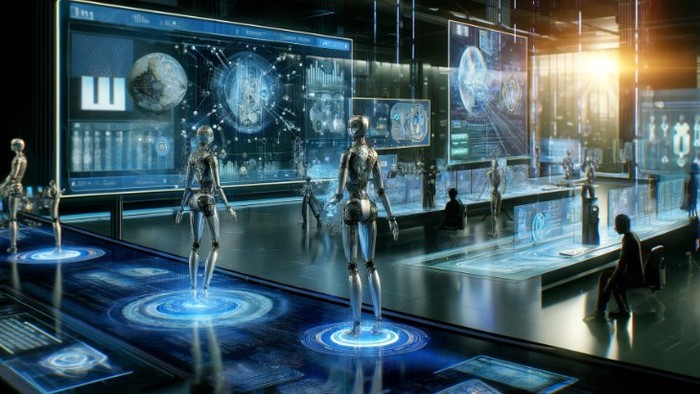[주택 완전 자동화] Fully Automated Homes 선진국의 건물은 고도로 자동화되고 자급자족이 가능해졌다. 로봇 외에도 일반적인 새 집에는 다음이 포함된다.
[주택 완전 자동화] Fully Automated Homes 선진국의 건물은 고도로 자동화되고 자급자족이 가능해졌다. 로봇 외에도 일반적인 새 집에는 다음이 포함된다.Fully Automated Homes
Buildings in developed nations have become highly automated and self-sufficient. In addition to robots, a typical new home now includes the following:
A localised power supply. Energy can be generated by the building itself, via a combination of photovoltaics and piezoelectric materials. Walls, roofs and windows can absorb almost all wavelengths of light from the Sun with organic solar technology, turning it into heat and electricity. Friction generated by the occupant's footsteps – and various other kinetic processes – can also produce energy. This is converted and stored in any number of ways, from hydrogen to batteries. In countries where sunlight is less frequent, microturbines may be used in place of solar.
On-site water production and waste management. Rain is captured by external guttering, then stored and converted into drinking water using nanofiltration systems. This is especially useful in regions prone to drought (which includes a substantial portion of the world by this time). If local water is in short supply, houses can serve as miniature reservoirs and filtration systems. Meanwhile, plastics and other kitchen waste can be placed in recycling machines, ground into extremely fine powder, then later re-used in nanofabricators.
A multi-layered building envelope which provides a variety of dynamic effects. Windows can self-adjust their size and position – as well as their opacity – to optimise the level of natural light. In some of the more upmarket properties, the entire façade can morph its texture and appearance. Depending on the tastes of the occupant, this could transform into an art deco style, a classic Victorian building, or something entirely different. This form of "programmable matter" can even be designed by the occupant themselves and changed on demand.
Air purification systems. Air within the home is kept fresh, purified and completely free of dust and microbes.
Interactive surfaces. Holographic generators cover the whole interior of the property – including walls, doors, worktop surfaces, mirrors and shower cubicles. These intelligent surfaces can track the position of the occupant and display information whenever and wherever necessary. A person can read emails, see news reports and access the online world using virtually any surface in the house as a touch screen or mind control interface.* Detailed, real-time information on their health, personal lifestyle and daily schedules can also be displayed. This system has a variety of other functions, e.g. it can be used to locate personal items which may have been misplaced.
Intelligent/self-maintaining appliances. Appliances that don't repair or maintain themselves in some way have become largely obsolete by now. It is very rare for a human engineer to be called to the house.
A modest size. The world is becoming an ever more crowded place, with available land continuing to shrink due to overpopulation and environmental decline. In city centres, apartments tend to be highly minimalist and compact, with small footprints utilising every inch of space. Full immersion virtual reality is one method of adapting to this. Another is flexible room layouts that reconfigure themselves on demand. In earlier decades, this was achieved in some homes by using a sliding wall system.* Today, it can be done with morphable materials.
완전 자동화된 주택
선진국의 건물은 고도로 자동화되고 자급자족이 가능해졌다. 로봇 외에도 일반적인 새 집에는 다음이 포함된다.
현지화된 전원 공급 장치 . 에너지는 광전지와 압전재료의 조합을 통해 건물 자체에서 생성될 수 있다. 벽, 지붕 및 창문은 유기 태양광 기술을 통해 태양의 거의 모든 파장의 빛을 흡수하여 열과 전기로 바꿀 수 있다. 거주자의 발자국과 기타 다양한 운동 과정에서 생성된 마찰도 에너지를 생성 할 수 있다. 이것은 수소에서 배터리에 이르기까지 다양한 방식으로 변환되고 저장된다. 햇빛이 덜 빈번한 국가에서는 태양열 대신 마이크로 터빈을 사용할 수 있다.
현장 물 생산 및 폐기물 관리 . 비는 외부 거터링으로 포착된 다음 저장되고 나노 여과시스템을 사용하여 식수로 변환된다. 이것은 가뭄에 취약한 지역에서 특히 유용하다 (현재 세계의 상당 부분을 포함). 지역적으로 물이 부족한 경우 주택은 소형 저수지 및 여과 시스템 역할을 할 수 있다. 한편, 플라스틱 및 기타 주방 쓰레기는 재활용 기계에서 극도로 미세한 분말로 분쇄된 다음 나중에 나노 제조기에서 재사용할 수 있다 .
다양한 동적 효과를 제공하는 다층 건물막 . 창문은 불투명도뿐 아니라 크기와 위치를 자체 조정하여 자연광 수준을 최적화 할 수 있다. 고급 부동산 중 일부에서는 전체 파사드가 질감과 모양을 변경할 수 있다. 거주자의 취향에 따라 아르 데코 스타일, 고전적인 빅토리아 시대 건물 또는 완전히 다른 것으로 변형될 수 있다. 이러한 형태의 "프로그래밍 가능한 물질"은 거주자가 직접 설계하고 필요에 따라 변경할 수도 있다.
공기 정화 시스템 . 집안의 공기는 신선하고 정화되며 먼지와 미생물이 전혀 없다.
대화형 표면 . 홀로그램 생성기는 벽, 문, 조리대 표면, 거울 및 샤워 실을 포함하여 건물의 전체 내부를 덮는다. 이러한 지능형 표면은 거주자의 위치를 추적하고 필요할 때마다 정보를 표시 할 수 있다. 사람은 터치 스크린 또는 마인드 컨트롤 인터페이스로 집안의 거의 모든 표면을 사용하여 이메일을 읽고 뉴스 보고서를보고 온라인 세계에 액세스 할 수 있다. * 그들의 건강, 개인 생활 및 일일 일정에 대한 자세한 실시간 정보도 표시할 수 있다. 이 시스템에는 다양한 기타 기능이 있는데 예를 들어 잘못 배치된 개인 물품을 찾는 데 사용할 수 있다.
지능형 / 자체 유지 장치 . 어떤 방식 으로든 스스로를 수리하거나 유지하지 않는 가전 제품은 이제 대체로 쓸모 없게되었다. 인간 엔지니어를 집으로 부르는 경우는 매우 희박하다.
적당한 크기 . 인구 과잉과 환경 쇠퇴로 인해 가용 토지가 계속 축소되면서 세계는 점점 더 혼잡 해지고 있다. 도심에서 아파트는 매우 미니멀하고 콤팩트한 경향이 있으며 모든 인치의 공간을 활용하는 작은 설치 공간이 있다. 완전 몰입형 가상 현실은 이에 적응하는 한가지 방법이다. 다른 하나는 필요에 따라 재구성되는 유연한 회의실 레이아웃이다. 이전 수십 년 동안 일부 가정에서는 슬라이딩 벽 시스템을 사용하여 이를 달성했다. * 오늘날은 이 벽을 변형 가능한 재료로 구현할 수 있다.
<저작권자 ⓒ ainet 무단전재 및 재배포 금지>
|
[세계미래보고서]시리즈, 판매제품
많이 본 기사
9
세상을 바꾸자 많이 본 기사
2
최신기사
|




